Zeshan Muhammad Ali Awan (Director Technicals)
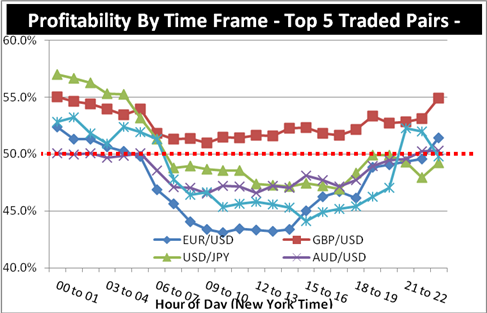
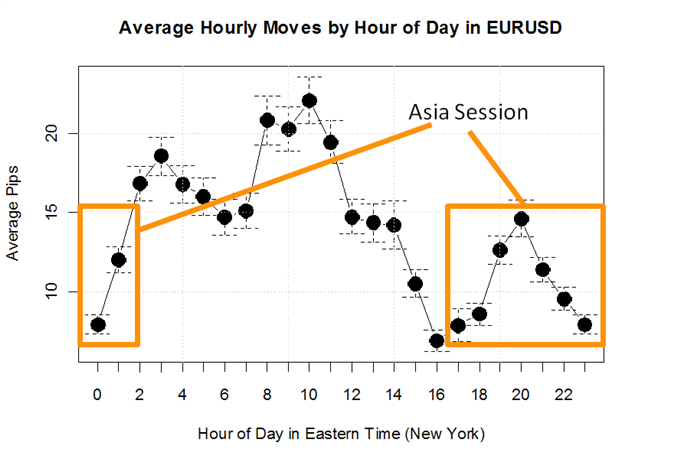
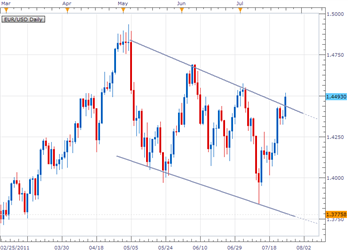
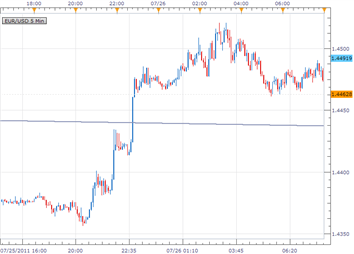
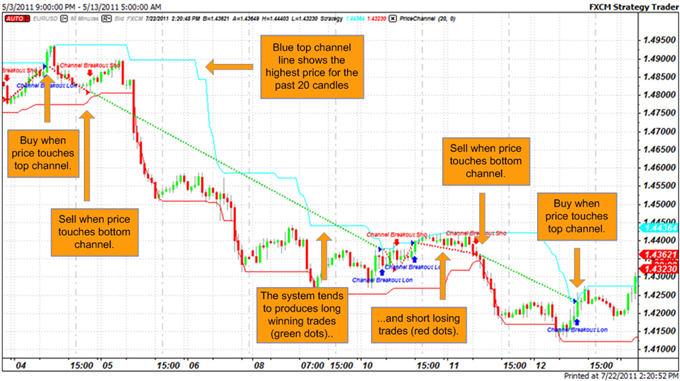
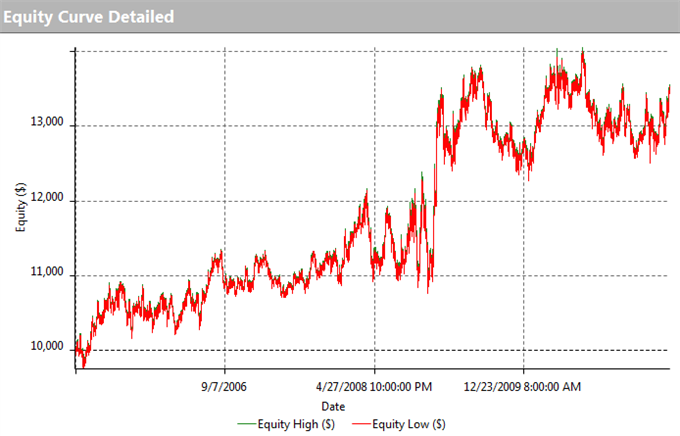

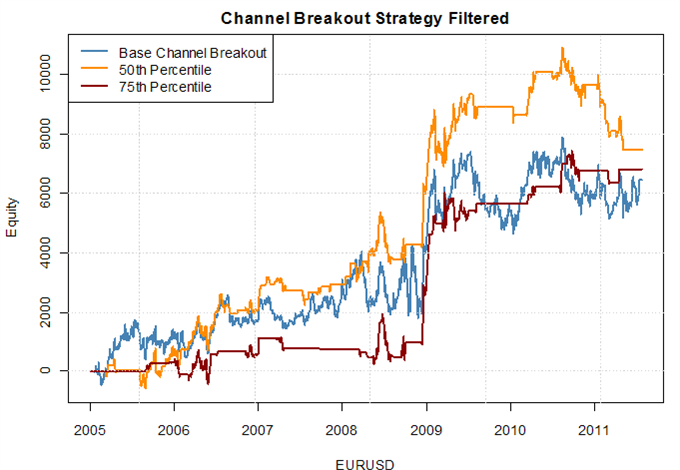
Our past research shows that traders could be well-served restricting their trading to less-active trading hours, as general trader profitability tends to improve when markets are less volatile. But what if you can’t trade when it’s quiet? For traders who feel the need to be in the market during the more volatile times, here is some advice about how to do it.

The chart above emphasizes that FXCM clients tend to do poorly in the 5 most popularly traded pairs during the North American daytime. If we compare these results with measures of volatility, we can see that this poor performance seems directly correlated to sharp price swings, as this time of day tends to be the most volatile. The chart below shows the average hourly moves in pips for the EUR/USD, the most popular currency pair to trade. You can see that traders’ best results coincide with the times of day that have lower volatility, such as the Asia trading session.

Our previous article showed that the highly popular Relative Strength Index trading strategy produced significantly better risk-adjusted returns if we limited it to trade exclusively during the least-volatile hours of the trading day, 2 PM to 6 AM Eastern Time (New York).
What Strategy Should I Use to Trade the US Daytime?
As mentioned before, we advise traders to trade during the lower-volatility times of day due to the risks that volatility present, and the better results we see in the range trading strategies that FXCM clients tend to use. Some traders may prefer to trade during the volatile US daytime, however. So, if you’re going to do that, make sure that you use the appropriate strategy at the appropriate time. Do not try to range trade. Instead, do the opposite: trade breakouts.
What is a Breakout?
A breakout is when a currency that has been trapped in a range or channel on the chart breaks through support or resistance, escaping the channel. When this happens, the movement in prices tends to be very powerful, and can create a trading opportunity.
Here is an example where the EUR/USD Daily chart had a channel for two months. You can see that when this channel broke, the move was swift and powerful.


How Do You Trade Breakouts?
Trading breakouts is almost the exact opposite of trading ranges. When price moves upwards through resistance, look to buy. When it moves downard through support, look to sell. In the above example, a range trader would have tried to sell at the top of the channel and would have likely lost money. A breakout trader would instead have looked to buy.
Sample Strategy: Channel Breakout
The Channel Breakout strategy is quite straightforward and has performed fairly well historically. the system draws a channel surrounding price action, with the top of the channel set at the highest high and the bottom set at the lowest low of the past twenty bars. In the chart below, you can see the top of the channel in light blue and the bottom of the channel in red. The green dotted line shows profitable trades made by the system, while the red dotted line shows losing trades made by the system.

We sell the currency pair if the price breaks below the channel bottom. If price quickly reverses, we will be taken out of the trade at a loss. Yet if price continues lower, we stand to see profits on the continued moves.
Thus we can conceptualize this this trade system might work especially well during times of high volatility, when channels tend to be broken. Let’s test by looking at how well it has done on the Euro/US Dollar in the past several years:
Channel Breakout Strategy on EURUSD Pair from 2001-2011, 60min Chart

The channel breakout system did reasonably well overall, and especially well during times of strong market volatility in late 2009. Yet it has also had long stretches of underperformance and noteworthy losing streaks. Since we know that breakout strategies tend to work better during times of higher volatility, how can we instruct our system to trade only during those times?
When Should I Look to Trade Breakouts?
Every day, we publish Volatility Percentile figures on the DailyFX Technical Analysis page for reference. The Volatility Percentile is derived from FX options prices. The higher the number, the more volatile options traders expect the currency pair to be. We can use these volatility percentages to judge when it is best to use particular strategies. When volatility percentages are high, we look to trade breakout strategies. When they are low, we look to avoid them.

When looking at the Channel Breakout strategy above, a quick optimization shows that the strategy improves noticeably when we apply filters. We simulate two cases below. In one case, the strategy is only allowed to trade when our Volatility Percentile is above 50%. In the other, it is only allowed to trade when it is above 75%. As you can see in the chart below, in both cases we see better overall results than the “base case” of letting the system trade at any time.

With the 50 percentile filter, the strategy is allowed to trade about half the time. With the 75 percentile filter, the system can only trade about 25% of the time. Over time, the 50 percentile filter has been shown to prevent many of the losing trades in the system, while preventing only a few of the winning trades. This has produced the best historical returns on an overall final net-profit basis but has also shown significant losing streaks.
With the 75 percentile filter, prevents even more trades – both good ones and bad ones. While the overall result over the past six years has not been quite as good as the 50 percentile one, there were few times of significant losses. Indeed, when we fully take risk into consideration, we prefer the 75th percentile filter, as it makes rather fewer losing trades and we are glad to forego some potential profits in order to lower our risk of potential loss.
No comments:
Post a Comment